I want to help you build a sustainable, profitable handmade business that makes you consistent income and sales. I only ever teach or recommend marketing, social media, pricing, production and branding tips that I’ve personally used successfully in my own 7-figure handmade businesses.
I'm Mei, from Los Angeles!
Read More
Popular Posts You'll Love
Looking for something?
Categories
starting a business
get more traffic
running a business
make more sales
branding
growing a business
mindset & productivity
podcasts
pricing & money
product photography
reviews
selling on etsy
selling on amazon
social media
selling wholesale
- Facebook0
- Twitter0
- Pinterest174
- 174shares
Pricing our products is hard.
It’s one of the biggest challenges for many handmade business owners.
I get it, it’s difficult to know how much people will pay for what we make – and a lot of us are hesitant to charge too much for our product as a result.
But did you know that there are actually strategies that can help us determine the best pricing that can even help us sell more?
And they’re all based on human psychology!
In other words, SCIENCE.
From knowing how to use discounts to increase sales to using psychology to determine customer-friendly price points, we can make sure that our prices are the most attractive to our customers.
Today, I’ll be diving into some of these fun and cool strategies with you.
If you haven’t seen my video on pricing yet, check it out here to get an easy to use formula for how to price your products.
Once you have a good idea, then you can use these strategies to boost your sales even more!
1. Number Game
Have you ever gone to a store and noticed that almost every product price ends in .99?
You’ve probably wondered why don’t they just round that number up by one penny?
Well, there’s a reason.
When a customer sees a product priced at $19.99 instead of $20.00, they’re actually more likely to buy it.
This is called the left-digit effect.
It’s pretty simple.
According to Psychology Today, the left-digit effect works because people read from left to right.
So, in a number like $19.99, the first number a person sees is the 19.
And that’s the number that sticks in their head.
A study actually found that according to customer’s mindsets, there’s a bigger difference between products priced at $19.99 and $20 than between products priced at $20.50 and $20.65.
That’s because even though $20.50 is less expensive than $20.65, the leftmost digit is the same.
To the customer, both products are $20.
When you’re pricing your products, steer away from keeping costs at an even number.
Focus on that leftmost digit and don’t be afraid to price anything at .99.
Ending a price in the number 7 can be equally as effective.
This is for a number of reasons – all of them psychological as well.
For one thing, the number 7 is actually considered lucky in much of western society, so when customers see that number, they’re subconsciously drawn to it.
Ever noticed that $10.97 sounds a lot better than $11?
Those three cents are enough to make the difference in price seem significant, even if it’s actually just three cents.
There was even an experiment done where people were shown different numbers and their happiness levels were recorded.
People became happier when they saw the number 7.
Pretty interesting stuff!
2. Discounts
This one is all about discounts.
Whether or not we advertise our discounts in percentages or dollar amounts actually makes a big difference.
You want to make sure that the discount you’re offering is the bigger number.
Whether that means using the percentage or the dollar amount.
For example, let’s say you’ve got a $50 product.
20% off of $50 is $10 off.
But 20 is a bigger number than 10.
So in this case, you want to say that the product is 20% off, not $10 off.
20% is the more appealing number.
Again, it’s psychology and it’s not always logical.
But it really works!
3. Price Anchoring
This is a method that pretty much every business uses to reel in customers.
People love to compare prices when they’re shopping.
They don’t want to buy the most expensive product on the market, but they don’t want the cheapest either.
They want something in the middle – but they need numbers to base their decision on.
A customer will tend to hang onto the first price they see – and weigh their other options based on that price.
That’s what the word “anchoring” refers to.
As business owners, we can use this to our advantage.
All we have to do is position our products using comparison pricing.
For example, we can have three products priced at $50, $200, and $1,000.
Each of these products come with features that are appropriate for the price.
When the customer compares the prices, the $200 one is going to sound like the best deal.
Price anchoring works to push sales to the middle priced product.
It’s a smart tactic that companies and even big corporations rely on all the time.
4. Your Pricing
Now, my fourth pricing strategy is all about you.
I am willing to bet that many of you have priced your products too low in the past.
It can be difficult for makers to price their products at their real value.
They’re worried that:
- their work isn’t worth as much as they think it is
- that people won’t buy it
- or they’re just too scared to price their products at a high price
Let me be the first to tell you – your hard work and your beautiful products are worth those higher prices.
When we price our work too low, we actually lose trust with our customers.
They will assume our products are cheaply made and that we don’t even believe in them ourselves.
This is a subconscious thing we all do.
We associate low prices with lesser quality.
Whether or not it’s true, it’s just what our brain does.
It’s so important to know our own worth and not to undersell ourselves.
Don’t fall into the trap of pricing too cheaply.
It can actually hurt your business.
What are some pricing strategies you’ve seen that seem to work really well?
Maybe it worked on you!
Let me know in the comments below.
Don’t forget to check out my YouTube Channel to learn even more handmade business tips and tricks.
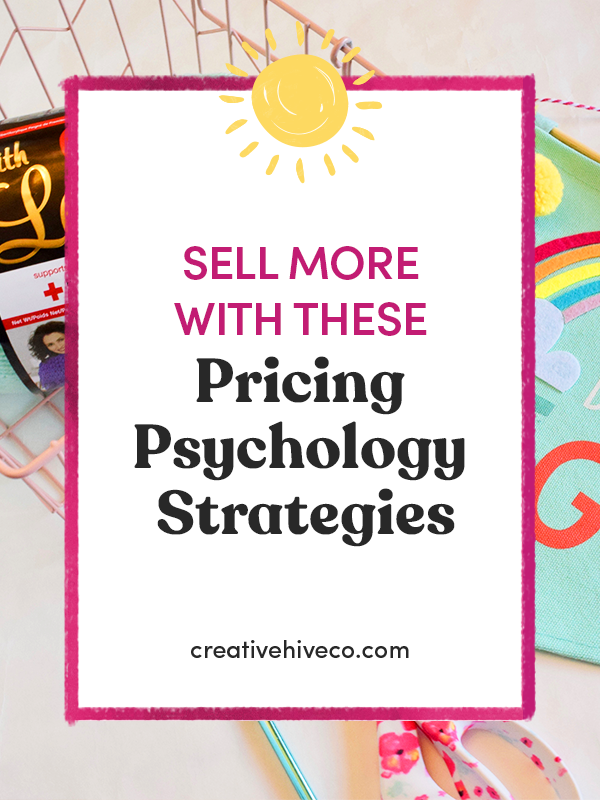
Leave a Comment
Liked this article? Share it!
Unlock a Profitable Handmade Business
in Just 12 Weeks Without Using Etsy
or Social Media
FREE WORKSHOP
This workshop is for anyone who makes and sells a handmade or physical product, including jewelry designers, artists, paper designers, bath & body product makers and more!
What You'll Discover
The #1 mistake people make with Etsy & social media that causes shops to FLOP
The secret to making it with your handmade shop so it's no longer just a hobby
How to make sales in your handmade shop with ease so you can finally get to 6-figures
TAKE ME THERE
Your email address will not be published. Required fields are marked *
Leave a Reply Cancel reply
About
Blog
A Sale A Day
Student Login
Free Class
Contact
Terms
Become A Student
Watch On YouTube
Student Reviews
See My Handmade Shop!
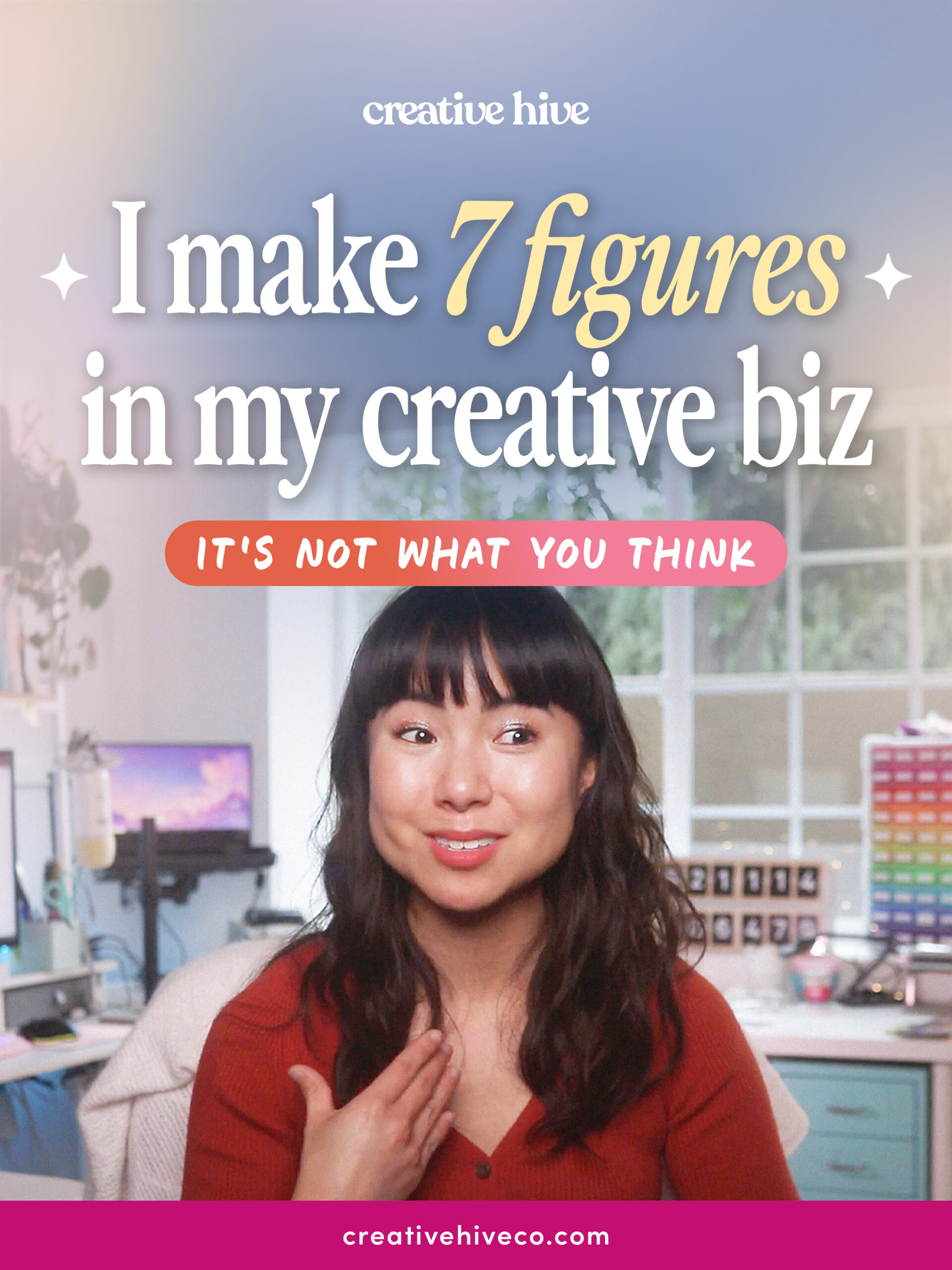
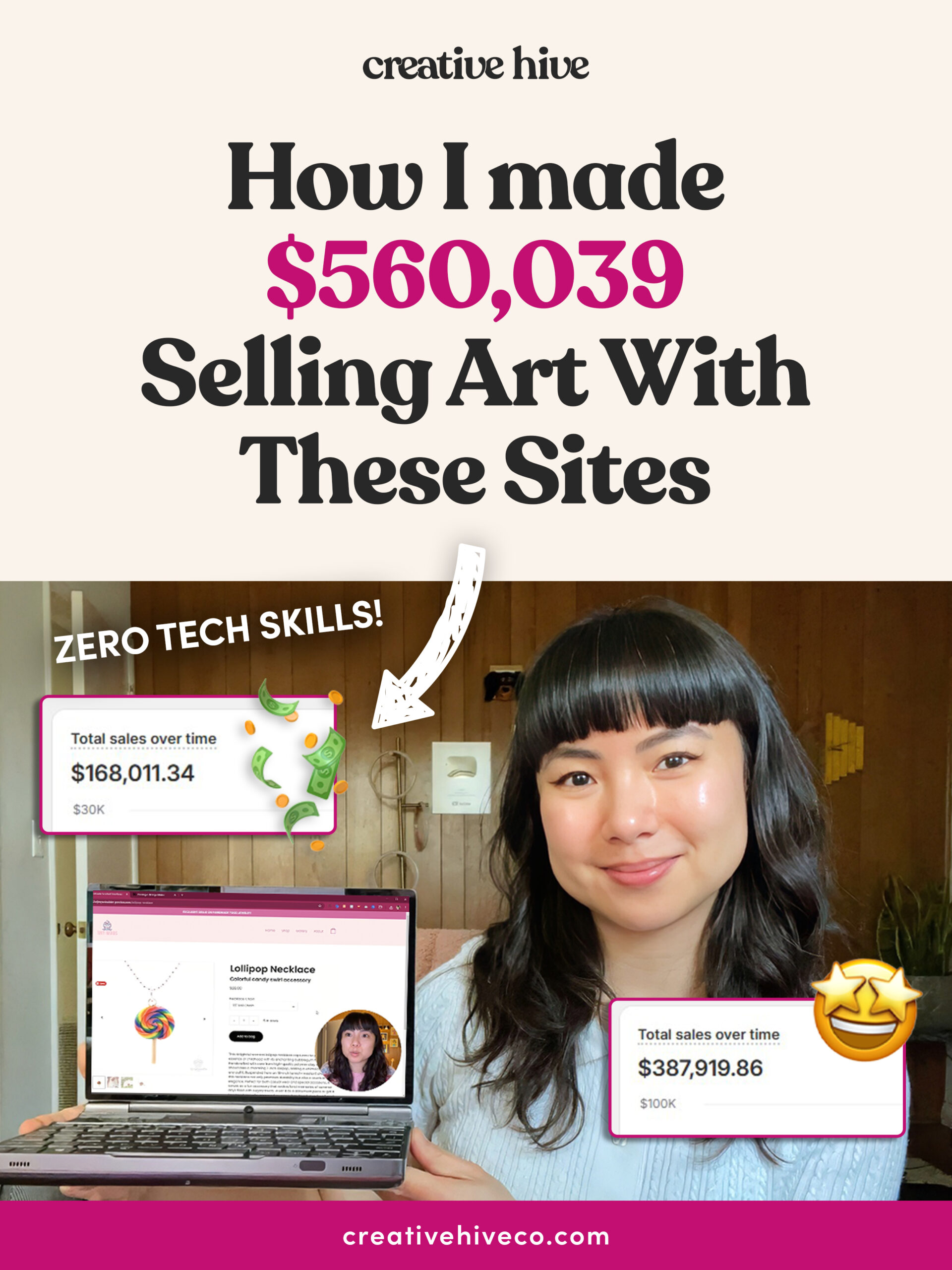
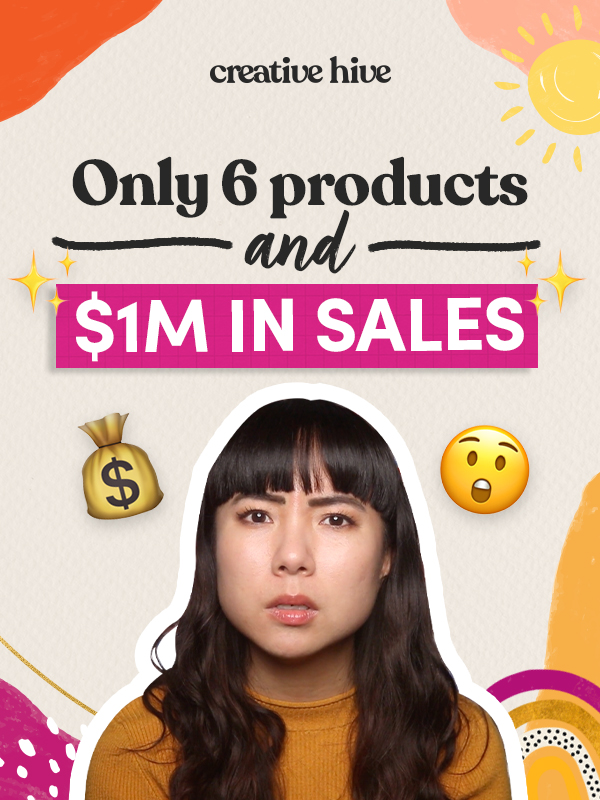
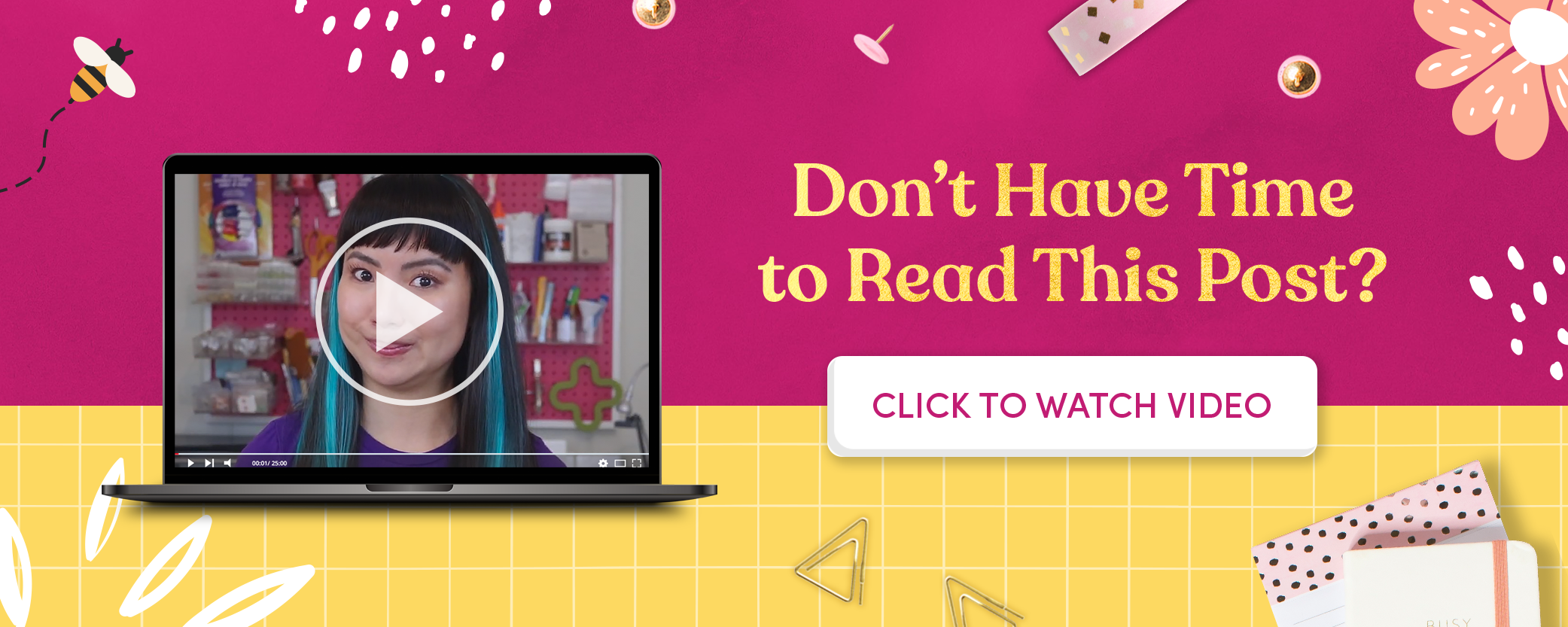
For museum quality fine art, it traditionally is priced with .00 cents . It seems it cheapens it to have .99 or .50 at the end. What do you think?